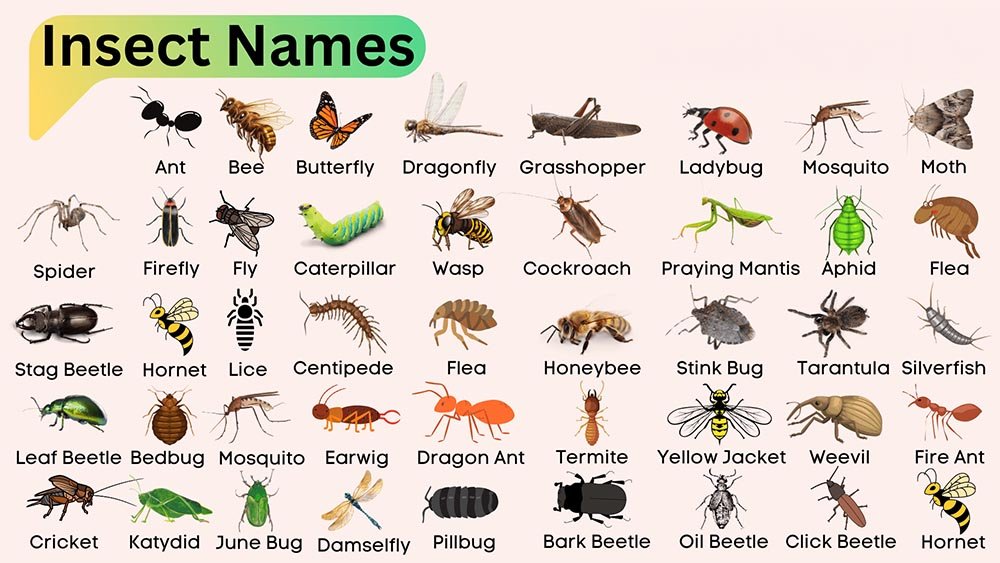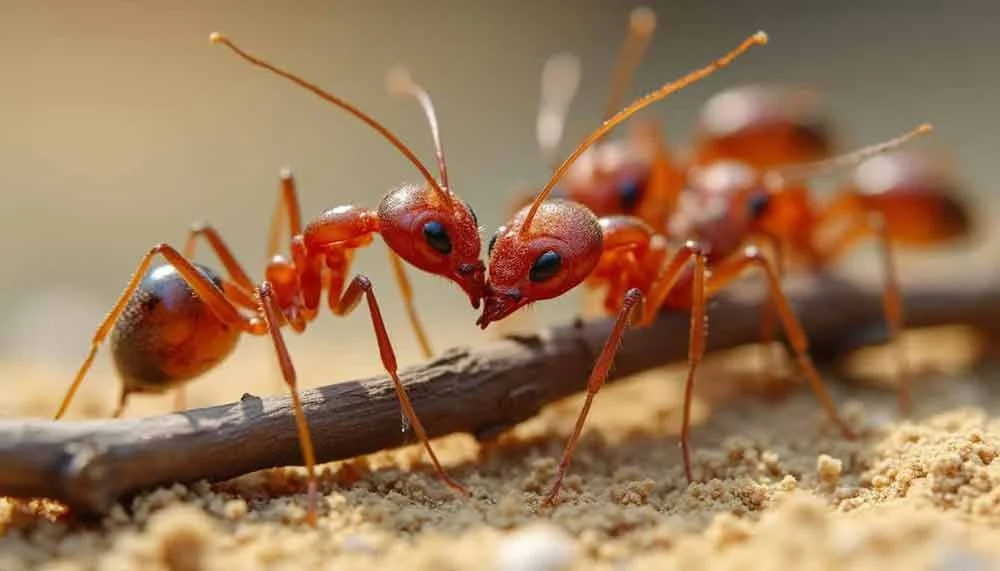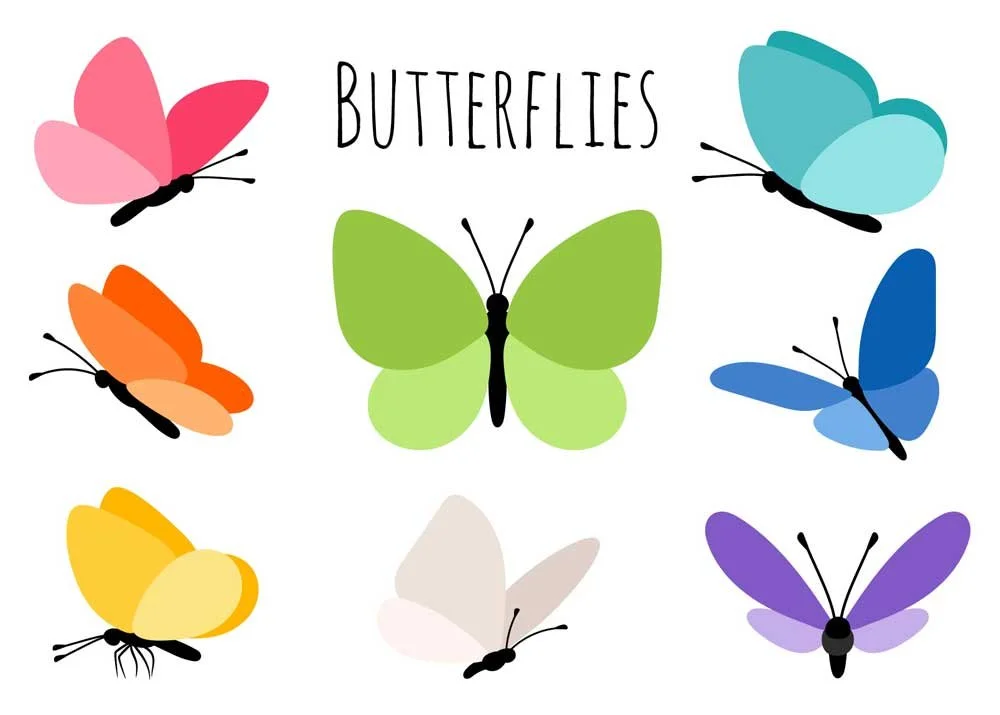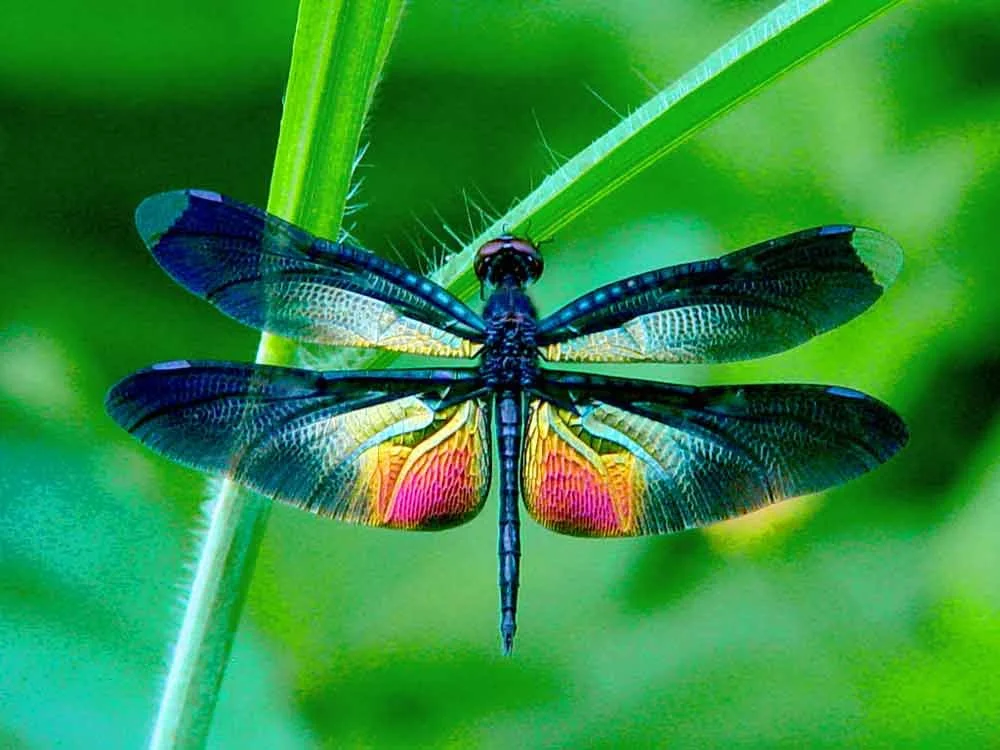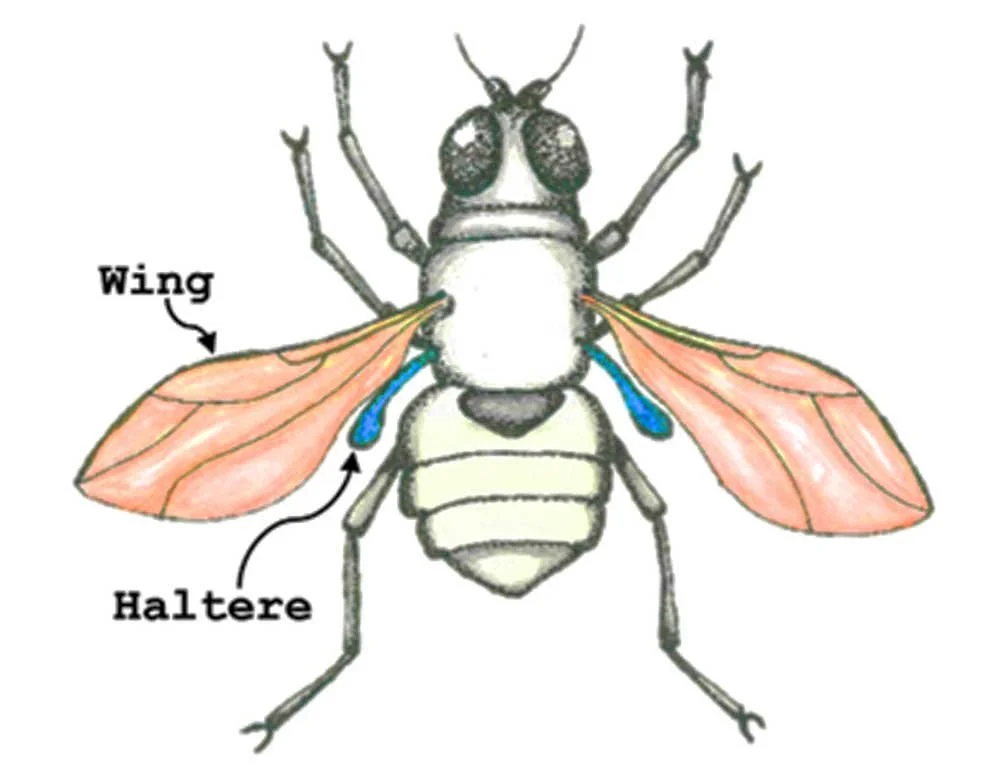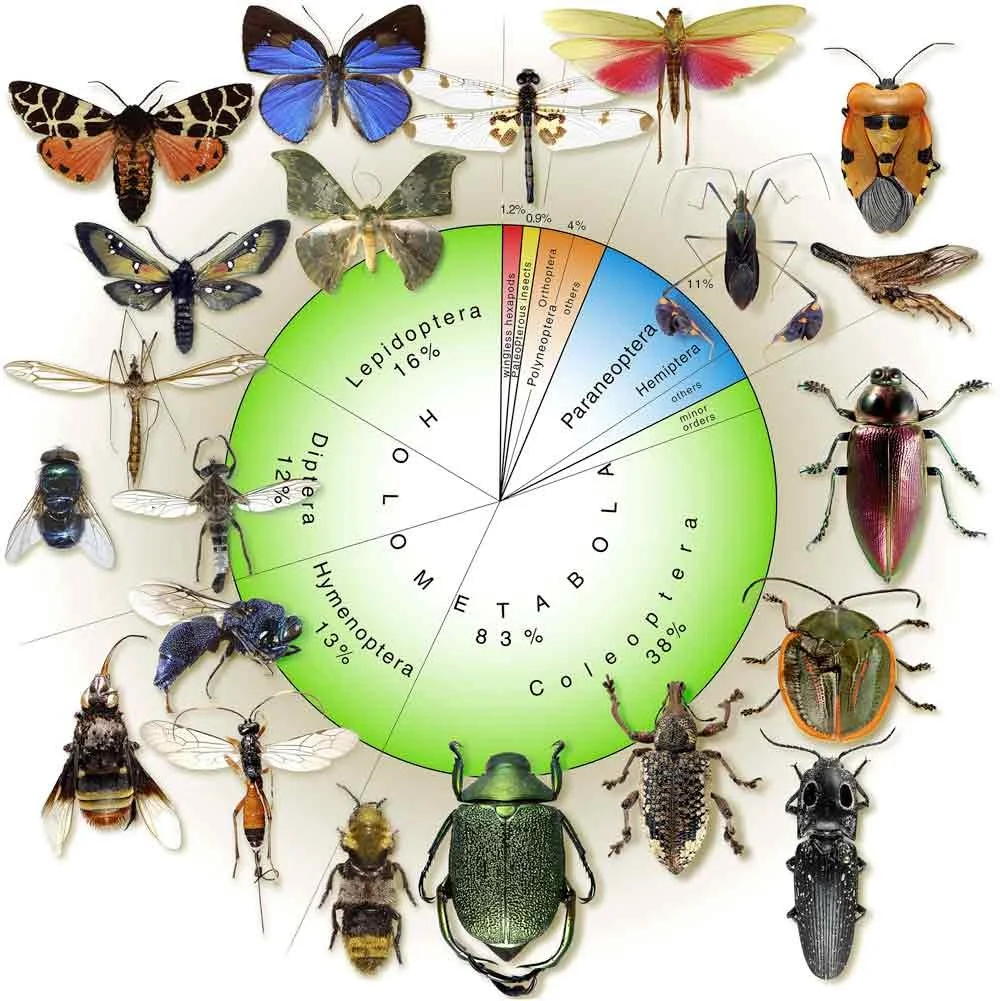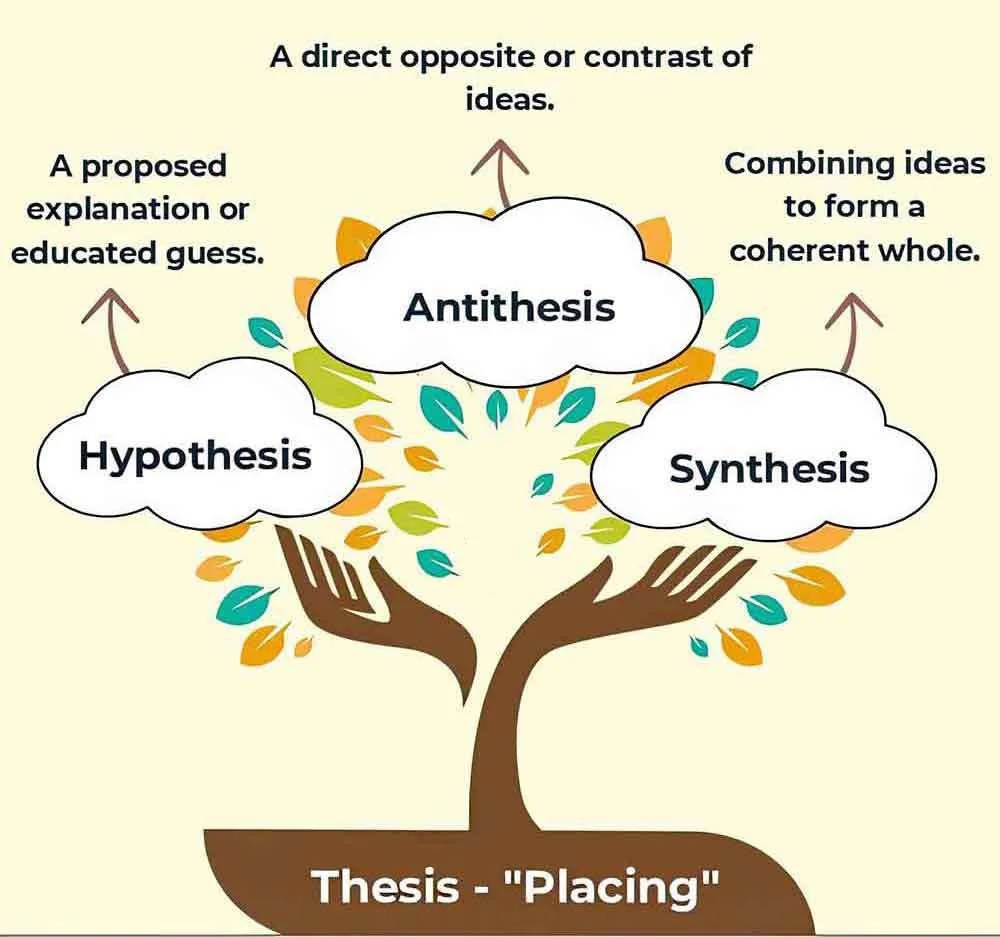What Is an Insect?
What fraction of animals on Earth are insects?
About how many individual insects are there in the world?
Insects are part of what group of animals?
What are the three body parts all insects have?
Are spiders insects? Why or why not?
What is the name of the body part where wings and legs attach?
What are antennae used for?
What do flies use their halteres for?
What is the name of the hard outer wing of a beetle?
Why do scientists study insects?
• READ •
What Is an Insect?
Insects are everywhere
Imagine taking all the animals on Earth, everything from the bees around your school to the elephants on the savannah. If you did that and sorted them, four out of every five animals would be an insect.
That means the majority of animals on Earth are insects.
In fact, it is estimated that there are around 10 quintillion individual insects alive all over the world. That's a lot of insects!
Of those 10 quintillion insects, there are 900,000 species. They are the most diverse animal group on the planet, with different adaptations to move, eat, mate, and live in different environments.
Even with so many different kinds of insects, they all share the same basic features, which we'll review in this video.
Arthropods
To get started, insects are part of the group of animals known as arthropods.
• Arthropods
Arthropods are animals with exoskeletons, which is a hard outer covering and jointed legs. They are an extremely successful group of animals throughout the history of Earth, which means they've been around for over 400 million years.
The four insect features
For an arthropod to be an insect there are certain features it must have.
(1)
First, all insects have three main body parts: a head, a thorax, and an abdomen. Take a look at this bee for example. It has a head, a thorax, and an abdomen.
(2)
The next feature is that all insects have six legs. One, two, three, four, five, six. Six legs. An animal like a spider, which has eight legs, is not an insect.
(3)
The next feature is that all insects have a pair of antennae to sense things. The insects' antennae are attached to its head and it moves them around to sense chemical signals in the air.
(4)
And finally, the last shared feature is that all insects have zero or two pairs of wings. This one is a little tricky to understand so let's take a look at it closer.
Zero to two pairs of wings
Some insects have adapted over time to not have any wings, or just temporarily like ants or fleas.
As for insects with two pairs of wings, see the dragonfly, butterfly, housefly, and beetle.
Yes, insects like flies and beetles technically have two pairs of wings. It may look like they have one pair at first, but the second pair is actually modified, or looks different, usually to have a different function other than flying.
For example, flies have modified pairs of wings called halteres that look like little clubs that help the insect maintain balance and steer while flying.
And for beetles, their modified pair of wings is called the elytra — the hard structure that protects the wings underneath. Wings and legs are always attached to the insect's thorax.
Awesome, now you know that all insects have three body parts: a head, a thorax, an abdomen, they have six legs, they have a pair of antennae, and they have zero or two pairs of wings.
Insects adapt!
The incredible diversity and success of insects is because of their body plan that allows them to adapt different environments and roles.
Scientists study insects from all over the world, alive and extinct, to understand how insects have changed over time.
They examine key features that we learned about today to learn more about these insects and their habitats, behaviors, what they eat, and even what other insects they're related to.
Insects play an important role in shaping our lives today, from pollinating flowers to being a food source of other animals, and even cleaning up poop!
Our world will look so much different if they weren't around.
Knowing more about insects helps us understand our world better.
So the next time you find an arthropod, be a scientist and take a closer look to figure out whether it is an insect.
Insect – A small animal with six legs and three body parts.
Arthropod – An animal with jointed legs and a hard outer shell.
Exoskeleton – A hard covering on the outside of an animal’s body.
Thorax – The middle part of an insect’s body.
Abdomen – The back part of an insect’s body.
Species – A group of living things that are alike and can reproduce.
Antennae – Feelers on an insect’s head that help it sense the world.
Adapt – To change to fit into new conditions or places.
Modified – Changed in form or function.
Halteres – Small club-shaped wings that help flies stay balanced.
Elytra – Hard wing covers that protect beetles' real wings.
Pollinate – To help plants make seeds by moving pollen.
Diverse – Having many different kinds.
Habitat – The natural home of a plant or animal.
► COMPREHENSION QUESTIONS
— please answer with complete sentences
What fraction of animals on Earth are insects?
About how many individual insects are there in the world?
Insects are part of what group of animals?
What are the three body parts all insects have?
Are spiders insects? Why or why not?
What is the name of the body part where wings and legs attach?
What are antennae used for?
What do flies use their halteres for?
What is the name of the hard outer wing of a beetle?
Why do scientists study insects?
► From EITHER/OR ► BOTH/AND
► FROM Right/Wrong ► Creative Combination
THESIS — Argue the case that insects are not very interesting, in fact they’re pests and boring.
ANT-THESIS — Argue the case that insects play an important role in ecosystems; we can learn a great deal from studying them.
SYN-THESIS — How might insects be both boring and fascinating at the same time? Perhaps you are bored by and interested in insects.

